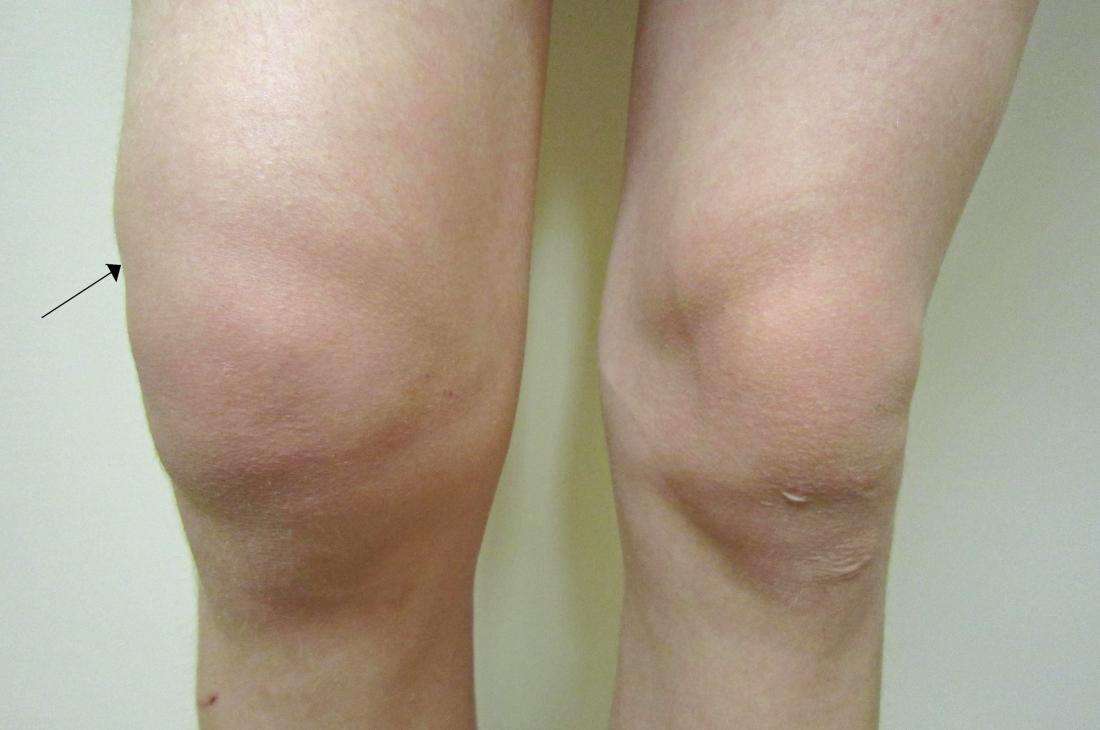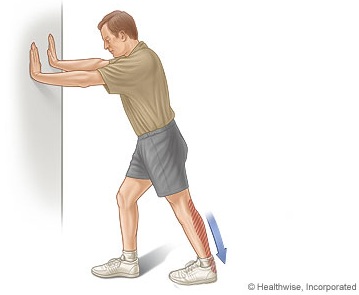

x-ray – this won’t show the cyst, but can show the presence of arthritis in the knee joint, which may be causing the problem.taking your medical history to see if you have any conditions that may cause a Baker’s cyst (such as rheumatoid arthritis).How is a Baker's cyst diagnosed?Ī Baker's cyst may be diagnosed using a number of different methods, including: So it’s better to be safe and get it checked out. It can be difficult to tell the difference between the complications of Baker’s cyst and more serious (but less common) problems such as a blood clot in the vein. If you experience any swelling or warmth in your calf, seek medical advice quickly. the cyst bursts, leaking fluid into the calf region, typically causing increased pain and bruising around the ankle.the cyst extends down into your calf muscles.the cyst continues to grow, causing your symptoms to worsen.The symptoms of a Baker’s cyst are mild usually, however sometimes complications can develop, such as: What are possible complications of a Baker's cyst? unknown causes – Baker's cysts can sometimes develop for no apparent reason.infection –can cause fluid to build up around the knee joint.arthritis – particularly rheumatoid arthritis and osteoarthritis.



This is a Baker’s cyst (also known as a popliteal cyst. When your knee produces too much synovial fluid, the excess fluid causes the bursa behind the knee to expand and bulge. Small fluid-filled sacs, known as bursa, cushion the joint and help reduce the friction between tissues caused by movement. This fluid allows your knee to move freely. Surrounding the joint is a tough capsule filled with lubricating fluid called synovial fluid. If the cyst causes you pain and limits your range of motion, your doctor might recommend surgery to remove it.Your knee is a large and complex joint where three bones meet – your thigh bone (femur), shin bone (tibia) and kneecap (patella). If you have arthritis, the cyst may persist even after your doctor treats the underlying cause. Should your doctor determine that you have damage to the cartilage, they may recommend surgery to repair or remove it. As a general rule, if the cyst is left alone, it’ll go away once the underlying cause is treated. Treating the cause of the cyst is very important to prevent the cyst from returning. Though it may help relieve the pain, it doesn’t always prevent a popliteal cyst from recurring. Your doctor will inject this drug into the joint, and the medication will flow back into the cyst. Your doctor may recommend a corticosteroid medication, such as cortisone. You can also help reduce pain by using a compression wrap or placing ice on the joint. Regular, gentle exercises may help increase your range of motion and strengthen the muscles around your knee. They’ll then draw the fluid from the joint. Your doctor will insert a needle into the knee joint and may use an ultrasound to help guide the needle to the correct place. However, if the swelling becomes large and causes severe pain, your doctor may recommend one of the following treatments. It’s important that your doctor examines the swelling to determine if the cause is a cyst or a clot.Ī popliteal cyst often doesn’t need treatment and will go away on its own. Such injuries may cause the inflammation that leads to a popliteal cyst.Ī blood clot can also cause bruising and swelling behind the knee and on the back of the calf. According to the American Academy of Orthopedic Surgeons (AAOS), about 10.4 million Americans saw their doctors about a knee problem in 2010, making it the most common reason for seeing an orthopedic specialist. Since the knee is a complicated joint, it can be injured easily. other knee conditions that cause joint inflammation.damage to the knee’s cartilage (meniscus).The most common causes of a popliteal cyst are: This severe swelling of the knee causes a popliteal cyst to form. The increasing pressure forces the fluid to the back of the knee via a one-way valve, where it creates a bulge. Sometimes the knee produces too much of this fluid. Synovial fluid is a clear liquid that normally circulates through the cavities in your knee joint.


 0 kommentar(er)
0 kommentar(er)
